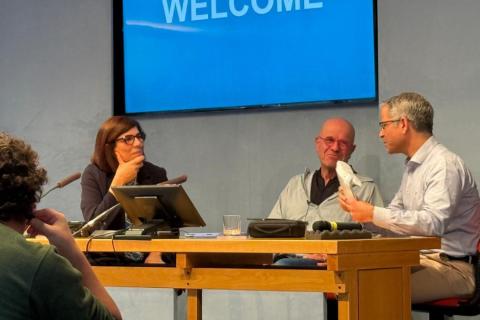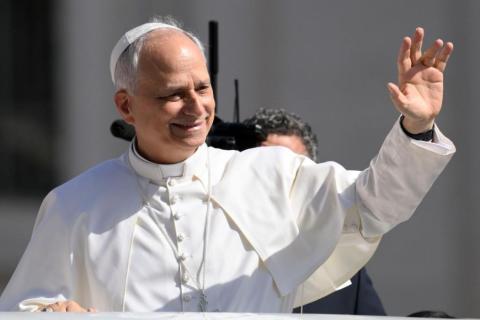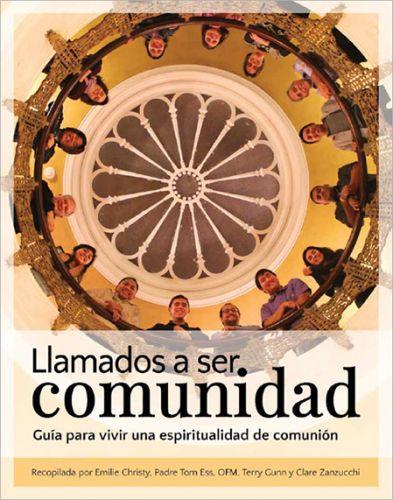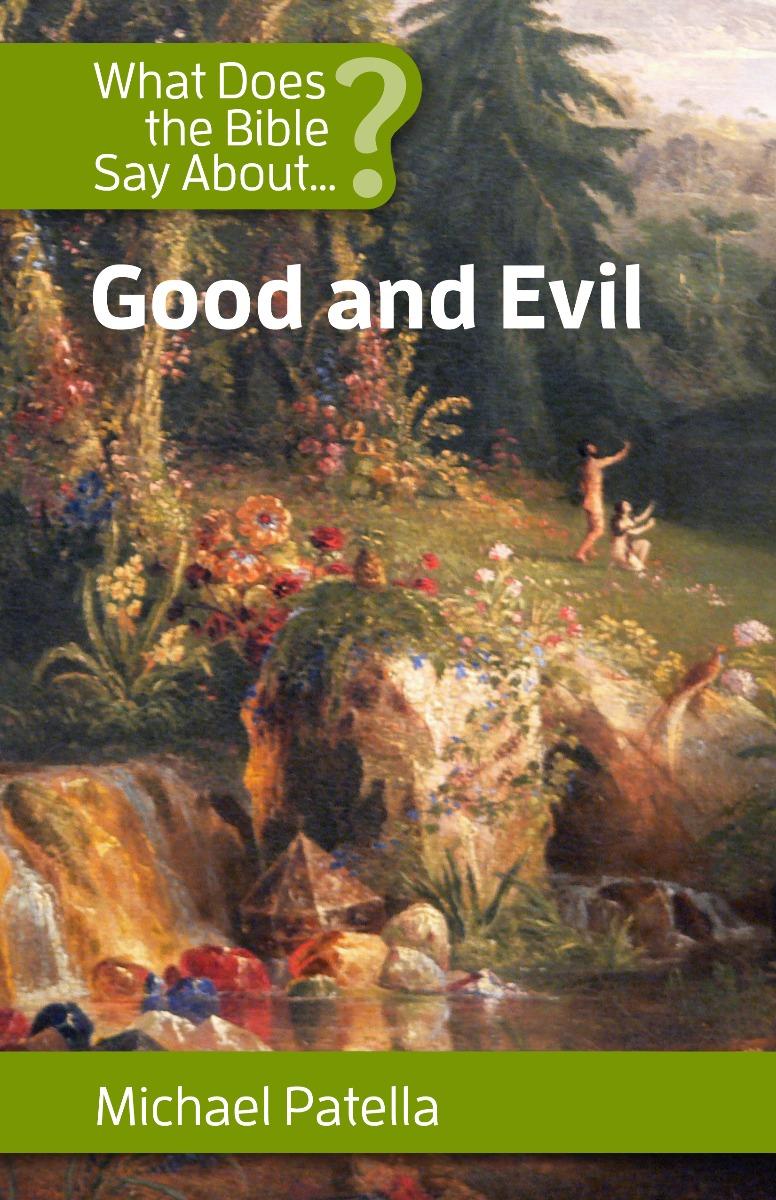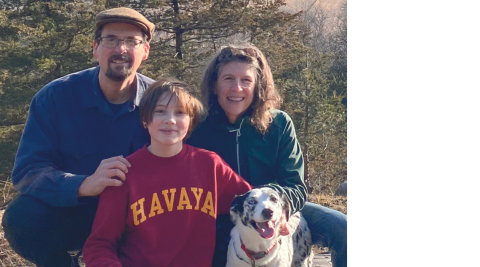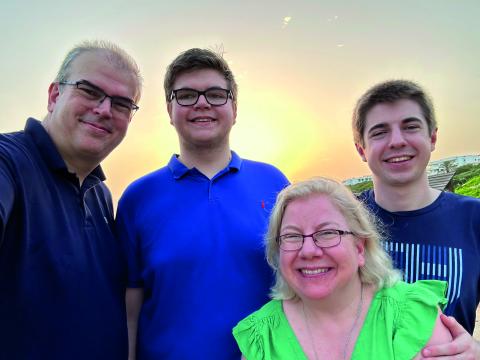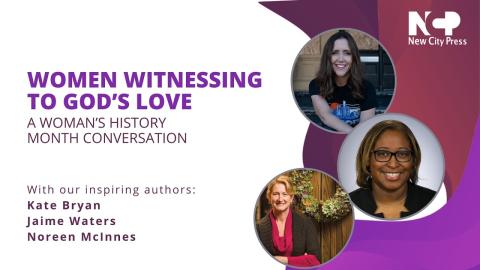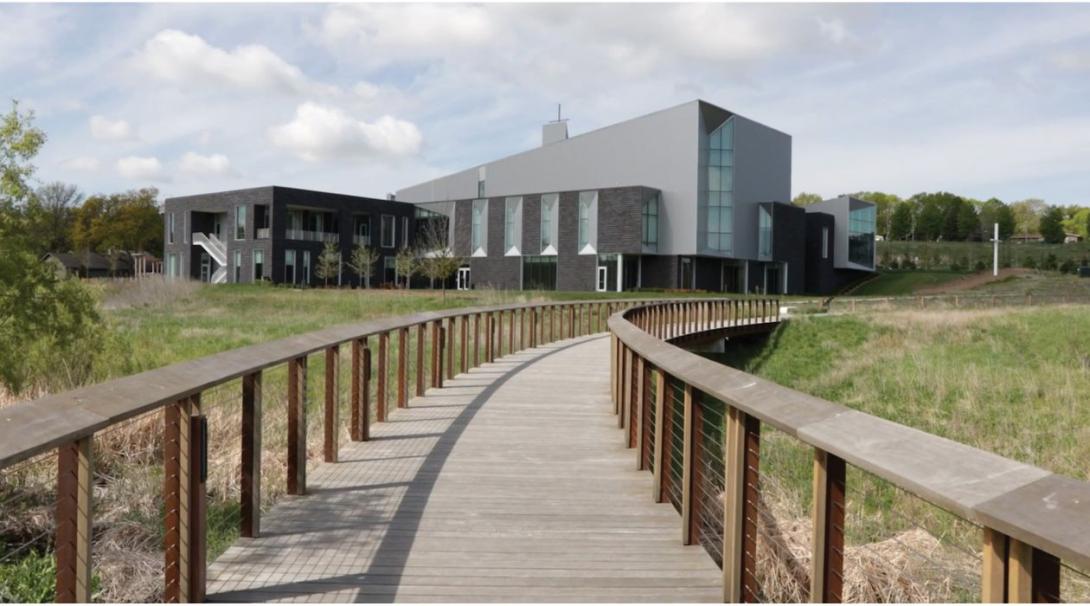
Photo courtesy of Elinor J. Pierce
Rabbi Aryeh Azriel, senior rabbi at Temple Israel, left the meeting at the Roman Catholic Archdiocese feeling disappointed but not discouraged. He walked with his friend Bob Freeman, a member of Temple Israel, and as they left the Archbishop’s Office and Chancery, they stopped outdoors on the wide sidewalk to discuss the meeting with Archbishop Eldon Curtiss. Curtiss had politely, but firmly, declined their invitation. They understood it was a unique invitation—they had asked him if the Catholic community in Omaha, Nebraska would like to join them in building a tri-faith campus on which a Jewish synagogue, a Christian church and a Muslim mosque would co-locate as neighbors. Their vision was for all three of the religions that traced their roots to Abraham to participate in this “trifaith” project, and a Muslim group was already committed.
The Catholics were the largest Christian group in the city, but they would not be joining. The Archbishop explained that when he came to Omaha to be the head of the archdiocese, there was a deficit of nearly 8 million dollars, and he had made a promise not to leave the diocese with any deficit. This was not the right time to take on more debt; the Archbishop was nearing the mandatory retirement age of 75. Standing out on the sidewalk, Azriel and Freeman chatted. Who should they approach next? They discussed a number of possible denominations. Azriel wondered, “Was there a Christian denomination in Omaha that would be willing to build an intentional Abrahamic neighborhood with them?”
These are the opening lines of a case study written by my colleague Marcia Sietstra, about the early days of the Tri-Faith Initiative. The case, like all of those we research and write at the Pluralism Project, is structured around a dilemma and unpacked through a series of questions. As the case narrative continues, we learn that Azriel and Freeman—along with their Muslim partner, Dr. Syed Mohiuddin—are determined to make their dream of an innovative Abrahamic campus a reality. We understand their deep and sincere motivations for building an intentional interfaith neighborhood in Omaha—as a place to heal divisions, to overcome prejudice, and to serve as a model for understanding. Yet they face significant challenges beyond identifying a Christian partner for Tri-Faith: they must articulate their innovative vision and begin planning their co-location project.
Woven into the case are questions, such as: Which Christian partner might be invited to join? Is there another way to engage with the Catholic community? How might prospective Christian partners, and indeed, each of the partners in this project, understand the risks—and how are they distinctive? What is at stake when constructing a “model” community such as this? How might it be expressive of shared theological ideas? To what extent—and when—might they approach fundamental differences or divisions?
Readers are asked to imagine themselves as characters in the narrative, and consider their perspectives: Why is this important to them? What options do they have? What advice would you offer, as they begin to imagine this project? And, significantly, how might they design this co-location project: Would they share a building or build side-by-side? And how might they build and maintain relationships?
You are also encouraged to ask your own questions, which might include: Does Tri-Faith’s location—in Omaha, Nebraska—inform the approach that they are taking? Could a project like Tri-Faith be built in other towns? What might it look like in my town?
What is at stake when constructing a “model” community such as this? How might it be expressive of shared theological ideas? To what extent— and when—might they approach fundamental differences or divisions?
Tri-Faith was still under construction when this case study was first written. The final building on the campus was not completed until 2020. But today, their vision is a vital reality. On 38 acres in West Omaha, they have constructed four beautiful, landmark buildings: a temple, a mosque, a church, and an interfaith center. Abraham’s Bridge, a stunning circular structure, connects the campus and serves as a potent metaphor of their ongoing efforts.
In the spaces between the buildings, relationships continue to grow. A vast donation garden and orchard facilitates relationships and expands the impact of Tri-Faith: last year, more than 7,000 pounds of organic produce were donated to communities in need across Omaha.
Tri-Faith is a success story, but also a work-in-progress. Through the years, they have faced many dilemmas, each of which might serve as its own study: What might be included in the Memorandum of Understanding that guides their relationship? For instance, how will they handle proselytization? How might they write a joint statement about the war in Israel-Palestine when they are deeply divided? Should they call for a cease fire? What does the future look like for Tri-Faith? How might they contend with decreasing affiliation and aging congregations?
Inspired by Marcia Sietstra’s case study—and by the groundbreaking efforts in Omaha—I am now in late production on a documentary about Tri-Faith, to be released in the summer of 2024. The film Abraham’s Bridge will offer a glimpse of this ongoing experiment in co-location—and the creativity, hospitality, and dedication of those who animate its spaces: Abdul, Bonni, Wendy, and so many others. The documentary is a visual case study: it is specific and situated, exploring dilemmas and asking key questions. Among those—given rising diversity and decreasing religious affiliation—should Tri-Faith expand beyond its Abrahamic roots? What would be at stake in doing so?
Have they fully achieved their mission to build understanding among the existing partners—or, at a time of increasing division, and with Jewish and Muslim communities experiencing rising hate crimes—should they focus on strengthening existing relationships?
Is an Abrahamic approach too exclusive, or are there benefits to cultivating common theological values? What would an expansion of Tri-Faith require, and who might be invited? Would an additional building be constructed, or what other means—including the interfaith center or the garden—might already be engaging those who do not identify with an Abrahamic faith? Is the distinctiveness of this sibling relationship, the founders’ vision, and the viability of this project, at risk? Or is this the inevitable next phase of an innovative, inclusive project, which—like the garden and circular bridge—were not part of the original plans but emerged as critical elements?
Lived religion and interfaith engagement— Abrahamic or otherwise—are fundamentally a matter of practice. Grounded in the real world, they are more than mere stories, but specific and situated narratives that invite deeper exploration.
As a pedagogy, the case method is designed to facilitate discussion, encourage reflection, and practice problem-solving. At the Pluralism Project, Diana Eck and I find that case studies are uniquely well-suited for teaching and learning about pluralism. Lived religion and interfaith engagement—Abrahamic or otherwise—are fundamentally a matter of practice. Grounded in the real world, they are more than mere stories, but specific and situated narratives that invite deeper exploration.
The case “An Invitation to a Tri-Faith Neighborhood” is among the many included on the Pluralism Project website (pluralism.org). In addition, our book Pluralism in Practice: Case Studies of Leadership in a Religiously Diverse America offers a collection of twelve case studies on diverse topics. For example, in Troy, Michigan, a Hindu woman is barred from participating in the city’s Day of Prayer celebration. How might she—and other religious communities—respond? At the Sea-Tac Airport, a request to add a menorah to a Christmas tree display resulted in controversy and hate. What advice would you offer a local rabbi appointed to the airport’s holiday decorations advisory committee? In New York City, debates over the “Ground Zero Mosque” dominated the headlines for months. How might Muslim leaders navigate the crisis? Across America, hate crimes against Asians surged during COVID. Asian American Buddhist leaders wondered: was a statement against the violence sufficient? Pluralism in Practice includes expanded case studies, discussion questions, and updates where readers may find unlikely outcomes to interfaith dilemmas, and continue to learn from the reflections of case protagonists.
Our approach to cases, in many ways, is similar to the efforts of Tri-Faith—decidedly practical, deeply relational, and quietly disruptive; it does not dwell in abstraction nor reduce complex religious experience to theory. Like Tri-Faith, cases center the voices of those seeking to build constructive relationship across religious lines. We hope that each case, like Tri-Faith, encourages questions and invites engagement.


